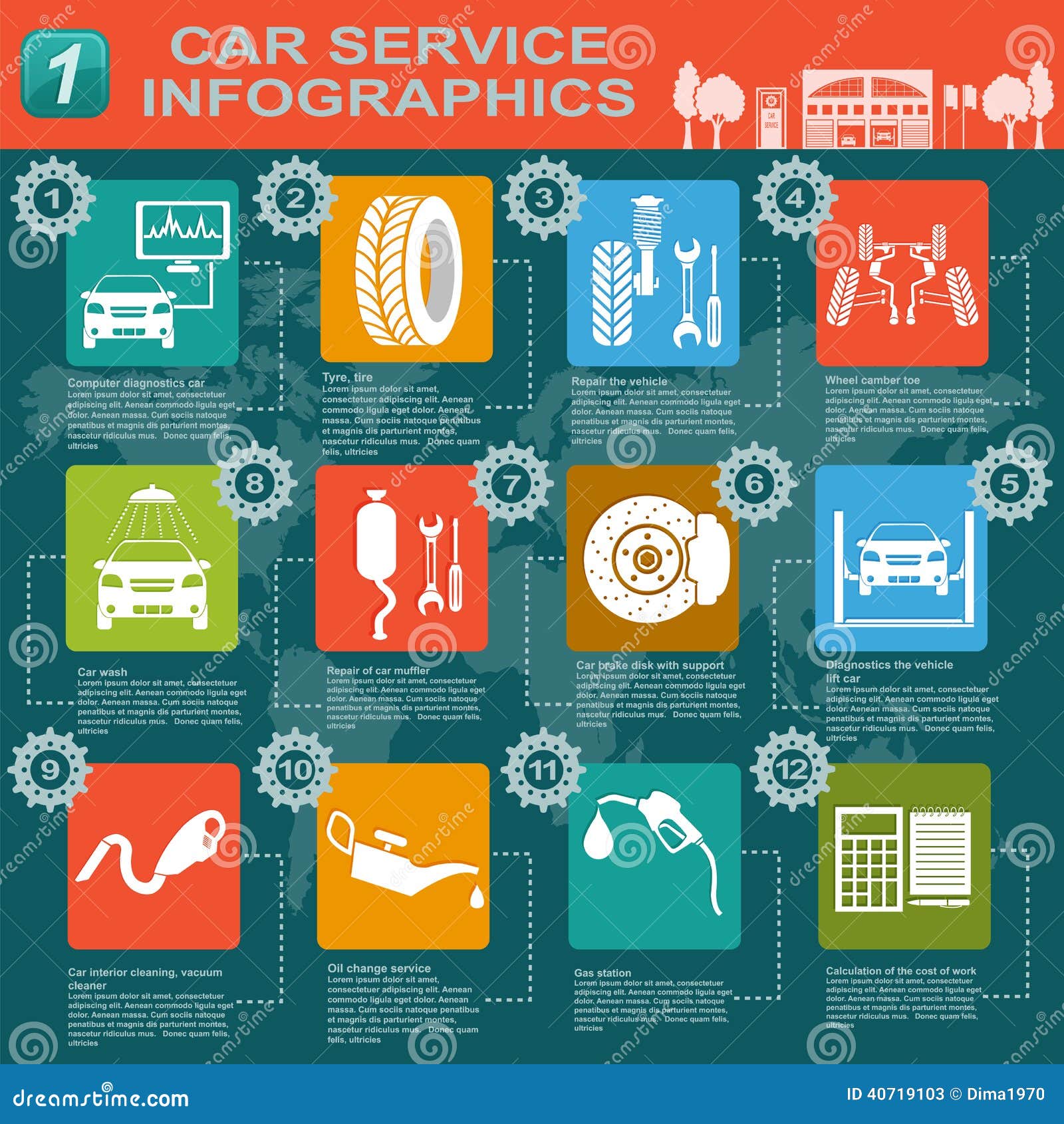Are You Familiar With The Meanings Of Dashboard Caution Lights? Discover Their Implications And Avoid Prospective Automobile Difficulties-- Your Safety Is Vital
Are You Familiar With The Meanings Of Dashboard Caution Lights? Discover Their Implications And Avoid Prospective Automobile Difficulties-- Your Safety Is Vital
Blog Article
Web Content Composed By-Zachariassen Randrup
When you're behind the wheel, those control panel warning lights can be a genuine secret. But did you recognize that understanding them can save you from possible car problems later on? From the ominous check engine light to the subtle oil stress caution and the ever-important battery light, every one serves as an essential signal from your automobile. It's time to shed light on these typical control panel cautions and equip on your own with the understanding to browse the roadway ahead.
Recognizing the Examine Engine Light
When your control panel brightens with the check engine light, it's important not to panic but to take prompt action. The check engine light works as a caution that your vehicle's onboard diagnostic system has discovered a possible problem with the engine, emissions, or various other crucial parts. Overlooking this light can cause more severe issues down the road, so it's essential to resolve it immediately.
To comprehend the resource of the concern triggering the check engine light, you can utilize an OBD-II scanner to get the certain problem codes saved in your vehicle's computer system. These codes provide important information that can assist determine the underlying problem.
While linked resource site creating the check engine light may be small, such as a loose gas cap, others can suggest more substantial issues that need expert attention.
Deciphering the Oil Stress Caution
Upon observing the oil pressure warning light on your dashboard, immediate interest is imperative. This warning indicates that the oil stress in your engine might be also reduced, which can lead to significant engine damage if not attended to without delay. Reduced oil pressure can be caused by a range of problems such as a leak, a faulty oil pump, or low oil levels. Disregarding this alerting light could cause pricey repair work or even engine failure.
If you see the oil pressure advising light come on, the very first step is to securely pull over to the side of the roadway and switch off your engine. Inspect the oil level making use of the dipstick and guarantee it's at the recommended degree.
If the oil degree is reduced, leading it up with the suitable oil for your car. If the oil degree is sufficient, don't proceed driving and seek aid from an auto mechanic to diagnose and take care of the issue without delay. Bear in mind, preserving proper oil pressure is necessary for the health and durability of your engine.
Interpreting the Battery Light
To understand the relevance of the battery light on your dashboard, you need to comprehend its essential duty in your automobile's electrical system. When the battery light illuminates while you're driving, it indicates that the electrical system isn't receiving sufficient power from the battery.
This could be as a result of a failing battery, a faulty alternator, or concerns with the billing system. Overlooking this alerting light can cause your lorry delaying or being incapable to start.
If the battery light begins, it's advised to safely pull over and have your vehicle evaluated by a technician as soon as possible. They can execute diagnostics to pinpoint the hidden problem and protect against a potential breakdown.
Conclusion
Since you understand just how to determine one of the most typical warning lights on your dashboard and what they indicate, you can attend to any possible issues immediately. Keep in mind, the check engine light, oil pressure warning, and battery light are very important indications of your lorry's health and wellness. Remain notified, remain risk-free, and keep your auto running efficiently by taking note of these indication.
